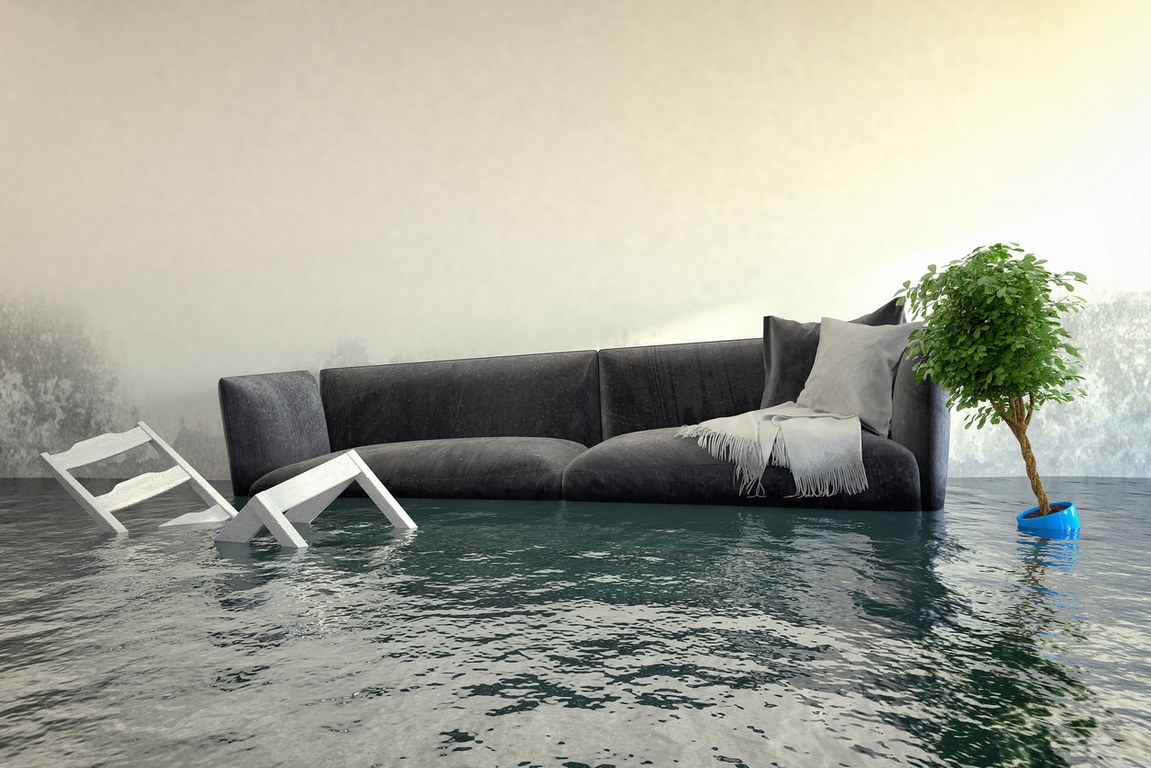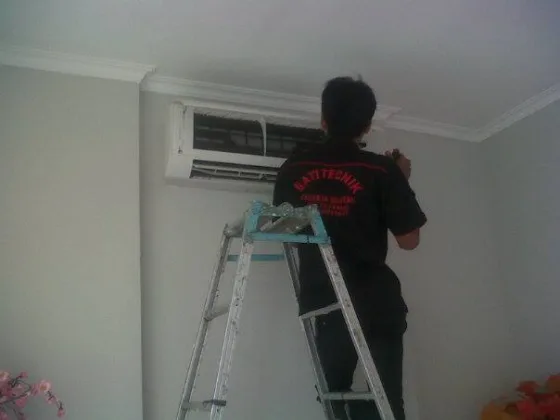Many people find themselves staring at puddles and wondering what to do after turning off the water and electricity.

It’s time to examine the water damage and begin the restoration process as soon as possible. Mold begins to grow on wet items within 24 hours of being exposed to moisture. You can’t afford to waste time.
If you live in Houston and want a trustworthy water damage repair service, Water damage repair Galveston, TX, comes first on our recommendations.
Check for Severe Concerns Like Mold
Check for mold and mildew in any damaged items. Mold can begin to grow in as little as 24 hours in the appropriate conditions. The mold that has been developing for a long period, such as that found in attics due to condensation, is a prime example.
You must use extreme caution if you discover mold or mildew in your home. Some types of mold are harmful to humans, and all mold is harmful to the materials it infects. Cut off the moldy material, place it in a bag, and discard it right away if the problem is minor.
To avoid spreading mold spores, it’s best to leave the room as quickly as possible, turn off the ventilation, and then bring in a specialist. In addition, because mold can appear in unexpected places, such as behind walls or beneath floors, this water damage assessment and remediation will continue for the foreseeable future.
Learn About the Various Types of Water
There are three kinds of water. Clean water comes from rain, condensation, and leaking pipes, as well as from other sources such as rivers and lakes.
For your own protection, do it yourself. However, if you decide to hire a professional, basic water damage cleanup would run you about $3.75 per square foot (replacements not included). Another form of water that can be found in the home is gray water, which is water that has been used in dishwashers, washing machines, and toilets.
In addition, it may contain harmful pathogens. It’s possible, however, to clean it up on your own if you’re careful and wear adequate safety gear. It now costs $4.50 per square foot for professional water damage cleanup. Sewage, major floods from surrounding rivers, and other sources of black water are examples of this third category.
Waste, germs, and other harmful substances abound in this water. You should not attempt to clean up black water on your own because it might pose a major health hazard. It’s time to call in the experts if your home has been flooded. There has been an increase in the cost of repairing water damage to $7 per square foot.
Read Also:
Allow Time to Pass for the Affected Areas to Dry
It’s critical to eliminate any remaining moisture as quickly as possible to avoid further harm. Even if the leak is small, it’s necessary to be thorough, even if it’s not tough.
Make use of fans to keep the afflicted area well-ventilated. Dehumidifier rentals are a good option for larger-scale operations that need to dry out the wood, carpets, and other materials. After a water damage repair, you don’t want any lingering dampness.
Replace Wood That Has Been Damaged
Replacement of any warped, decaying, and mold-infested timber is required. Before repairing damaged boards, pry them apart and clean them down to the bare wood.
Removing a structural component like wood requires great care, so make sure you do it correctly so that your home can be properly supported while water damage repair work is being done and after it’s been completed.
Remove Porous Materials and Dispose of Them
A variety of products can be considered porous because of their large surface area and high porosity. You may have to rip them out and discard them if they’ve been submerged in water.
Most porous materials shrink or distort when exposed to water, and mildew further deteriorates them. It’s possible to isolate and dry out furniture that’s close to your heart, but the damage may already be done if you notice water damage to the drywall.
Cement, drywall, and wood are all examples of porous materials that should be taken into account. Furthermore, if you are a busy person, water damage repair Galveston, TX water damage restoration in Houston is the best option to look for!
Disinfect the Rest of the Material
The area should be disinfected after all the damaged components have been removed. A bleach solution is the most popular method, but there are a variety of DIY alternatives.
Before you begin water damage restoration, lightly spray and wipe down the affected area to ensure that mold spores do not remain.
Pay Attention to the Ceilings
Because of the force of gravity, water-damaged ceilings are particularly vulnerable. You don’t want them to fall apart or sag in the middle.
As a result, begin by removing any harmed ceiling panels or boards. Finding the core of the problem is essential if you want to track down the source of the leak, which may be several feet distant from the water stain.
Check to see whether any beams or rafters were damaged by the water. To learn how much it will cost to replace a water-damaged ceiling, speak with a contractor.
Install Brand-New, Sealed Flooring
The effects of water damage on your floor can be seen in a variety of ways, such as swelled floorboards or wet carpets. Moisture can be found beneath the surface if you’re unsure of the situation.
If water damage is discovered, the padding and underlayment should be removed. As a result, the area can be resurfaced with new, waterproof flooring.
In the event of future water damage restoration, ceramic tile, high-end vinyl, and some engineered wood materials can all help protect floors. With some basic tools, you may quickly fix the floor beneath a leaking toilet.
Final Note
Hope this guide will be a helpful option for our readers. Moreover, check your home’s insurance to discover what types of water damage repair are allowed if you have major water damage.
A burst pipe, for example, is more likely to be done than a steady leak. You may well be allowed to file a claim, but you must act quickly.
Water damage repairs Galveston, TX provides with best water damage repair in entire Houston at amazing prices.









